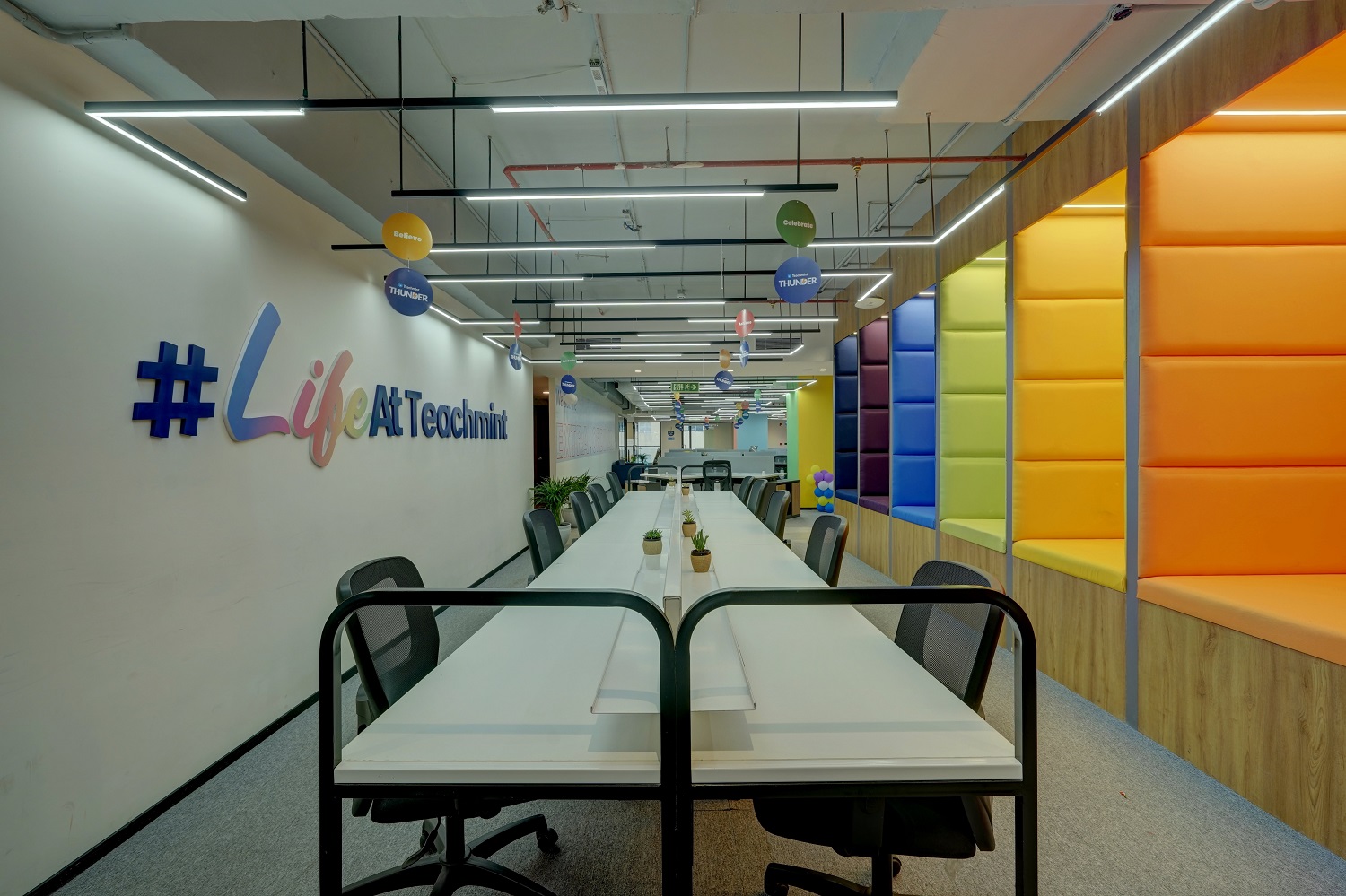The nature of work changed nearly overnight, more than two years ago. Many people turned their homes into workplaces. It started as a novelty but was quickly ingrained into the popular consciousness. It got to the point where, even though most aspects of normality were accepted back, going back to work was not widely welcomed.
Since people’s expectations are changing, working at an office needs to be a fun experience to entice people back. Organizations must redesign their office spaces to reflect the hybrid working styles that employees in this post-pandemic period desire to stop the Great Resignation. What do employees need from their flexible workspace, then?
Why do employees want to come back?
Why organizations are making all of this effort is the first question to be answered. Returning to the workplace has many benefits for the organization and the personnel. Returning to the workplace is particularly significant, with 30% of employees feeling more connected to the workplace’s culture overall.
All these characteristics may be positively impacted by creating workspaces and settings people want to be in. Only tenure was cited by 28% of respondents as the factor that kept them in their jobs the longest. People like being a part of their office environments all around the world, and the location and design play a part in this enjoyment.
What workers want
Two-thirds (65%) of worldwide workers currently find having a personal workspace to be one of the most enticing aspects of working from home. The standard, though, is anything but. Most offices feature desks that offer little privacy and are primarily open (59%) in layout. Therefore, a key component of creating a workplace where employees want to be is providing them with their own space.
Employees’ ability to work and cooperate with others was one issue at home. According to data, 64% of employees favour hybrid collaborative spaces. However, traditional hybrid collaborative spaces have too many drawbacks for certain people. The limitations of the technology are not the least of these.
However, the design of these places is where the main problem lies. Nearly half of respondents believe the areas might be noisy and are too small for collaborative work.
The management initiatives
The pandemic has made it difficult for management teams to run a corporation. Many have struggled to keep staff satisfied due to concerns about money and the ongoing need to change working methods. Despite being a challenge, organisations can use it to encourage change. The disparity is the most difficult struggle to win, yet it is worthwhile.
To reduce levels of disparity, management must ensure that the best places are being designed. The greatest method to ensure that all staff members, regardless of location, remain engaged is to pay attention to their requirements as they relate to their surroundings. Enjoyment and engagement are frequently connected. Regrettably, management and employees enjoy their time at work differently.
The task is done, and the available area to perform it could reveal the cause of this division. Giving your employees individual workspaces and places will assist your business in reducing this imbalance and create an environment where employees feel at ease and can collaborate and perform at their best.
What comes next?
Even while most workers want their own area in the workplace, not all businesses can afford it; thus, some firms have had to adapt by employing booking systems to manage their facilities. Several excellent new software programs may be utilised for visitor registration, digital signage solutions, and room and desk booking to stay up with the changing workplace environment.
Earning your employees’ journeys has never been more crucial, and this post-pandemic working style is something that all employees in an organisation must adapt to. However, this essay should help outline what may be modified and enhanced in an office to produce a productive hybrid working environment.
The time to take action is right now. As a result of the more seamless hybrid workspaces, implementing these various workspace designs is likely to boost employees’ desire to work in the office and their output.
In summary
The pandemic didn’t stop the workplace trends from picking up speed or the employee preferences from becoming established. We urge companies to use this opportunity to consider how to enhance workplaces in a way that improves employee engagement and well-being, promoting attendance, boosting retention, and attracting fresh talent



YOUR COMMENT